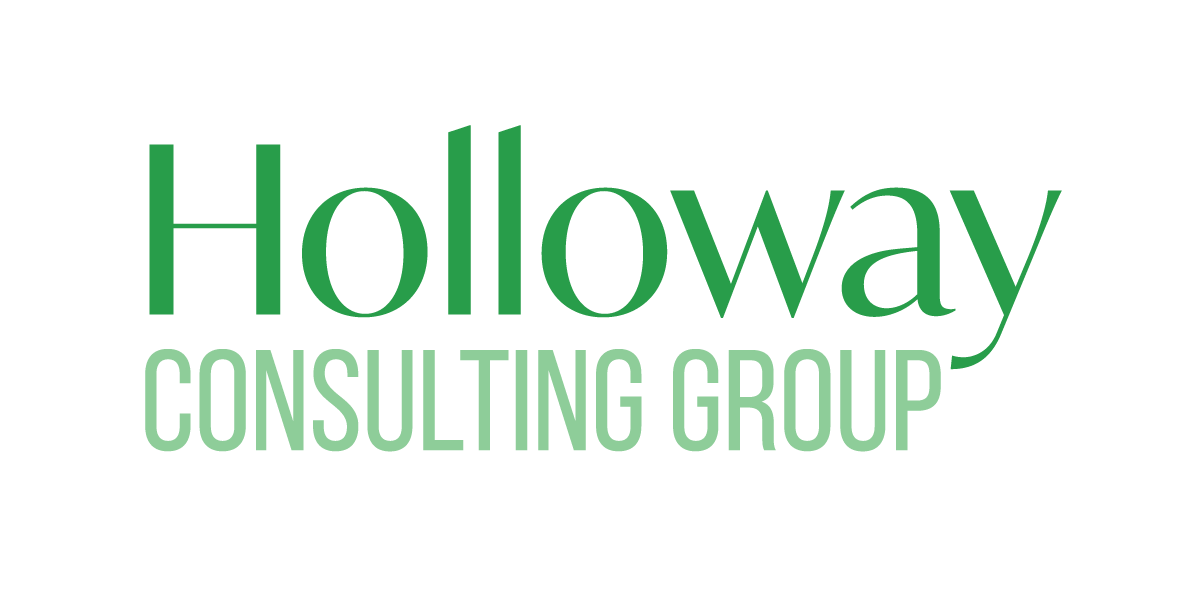“Let no good (or not so good) project go away quietly.” Or, as an ancient Greek, most likely Socrates said, “ The unexamined life is not worth living.”
In the art of facilitating groups of people to deliver amazing things, some of my best learnings have come from After Action Reviews. As project participants go on a project journey, for months on end, they have clear thoughts and opinions on how the work of the team could be more impactful, more effective, more organized, less confusing, more enjoyable, etc… The art is to find out what they experienced and leverage those thoughts in a productive manner.
An After Action Review is a good way to get clear feedback from the project participants on how well things worked with the team. I know this is not football, but if it were, this is our morning review of game footage. It is important to do because how a group comes together as a team definitely has an impact on the product or service that they will deliver. Well, the project is over. Let’s let bygones be bygones. This specific collection of people will never work together again. I have had all of those thoughts, and others that I cannot share. Regardless of the situation, it is important.
Important? Why?
- An after-action review gives everyone on the team an opportunity to share specifics about what went well and what didn’t go well, in a safe space What you will always find is that everyone’s thoughts are not the same, albeit often similar. Everyone that participates in the conversation will leave a tad smarter about team engagement.
- The organization paid for the project and staffed it with resources. They deserve to learn about what it is like to successfully or not so successfully conduct a project in their specific environment. Is leadership highly engaged, and therefore was a major contributor to success? Or, is the truth about status not really welcome in the organization, and therefore hiding things negatively impacted a high-quality delivery?
- Selfishly, a project leader cannot help but become a slightly better project leader at the end of each after-action review. I do not want to go on the record and say that you cannot get better without them, but I am sure that you do get better with them. There is no better gift than to get people’s thoughts close to the time that they actually had them about how things could have been set up to get a better product from their labor, or no better confirmation to learn how wonderfully things were set up and how engaged the team truly was.
OK, Important. How? When?
I like to schedule and facilitate an after-action review session at the end of a project phase, at the end of a significant delivery, at the end of an overall project, and sometimes after a time period where it is clear that things are not going well.
- Prior to the Action After Review, I issue a survey; usually, I leverage SurveyMonkey. I ask several basic questions and make sure that everyone knows that the survey is anonymous. In the survey, I typically ask some flavor of the following questions:
- What went well?
- What did not go well?
- If we were to do this project again, what would you hope did not change?
- Is there anything else that you want to share?
And – I typically add in a random question like –
- Can you remember the last thing you got grounded for? If yes, please share.
The random question is just for fun. It will add some fun to the conversation, especially if the rest of the answers were a little heavy.
- During the session, I take the questions and verbatim answers and place them on a slide so that everyone can see all of the comments while we talk about them. I get more robust conversations during the session if I start this way. Once we review a couple of anonymous comments from the survey, people that would typically be more reserved about sharing in a public forum open up more.
- As we talk about experiences, I ask the team – “How do we get more of this?” “How do we prevent that from happening again?” I document their responses. This is an opportunity to positively impact the organization that we have been working for. Determining the best way to leverage opportunities and mitigate risks gives the organization knowledge on the best way to do things in their specific environment. And, it gives all project participants first-hand knowledge of what can or cannot work for them the next time they have this experience again.
Put Your Learnings to Work
I consider it the role of the project leader to make sure that the learnings gained from an After-Action Review comes alive within an organization. As the team goes through and highlights challenges and how they should be addressed for the future, I make sure that the actions are clearly represented with a task, an owner, and a due date. Depending on the timeline of the engagement, I schedule a follow-up session. If I am not able to follow-up, I make sure that the project sponsor or someone that remains attached to the organization owns the follow-up.
There is no reason that teams that come along behind the one that you led should be subject to the same difficulties or have to experience them blindly. Allow others to learn from your experiences.
As with everything else, this will not be perfect. Do it anyway. Make it happen, and you will soon agree that every time you do it, you and the team around you will get a little bit better.




